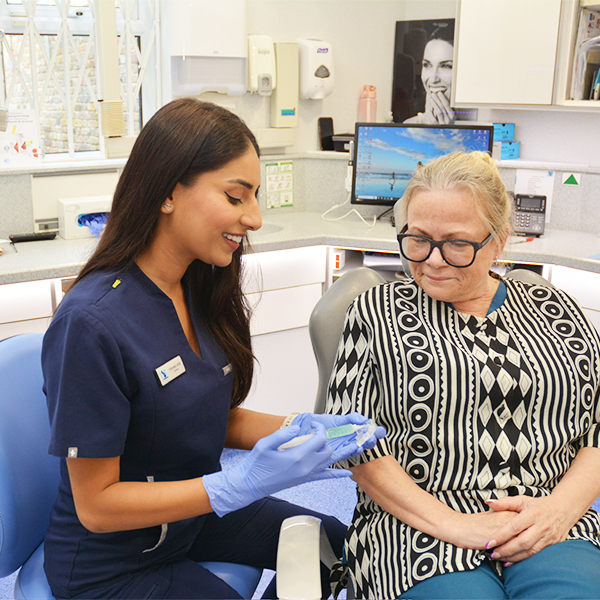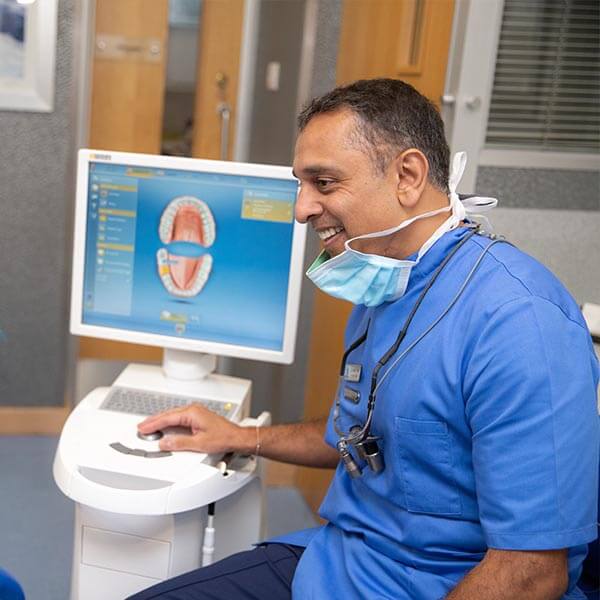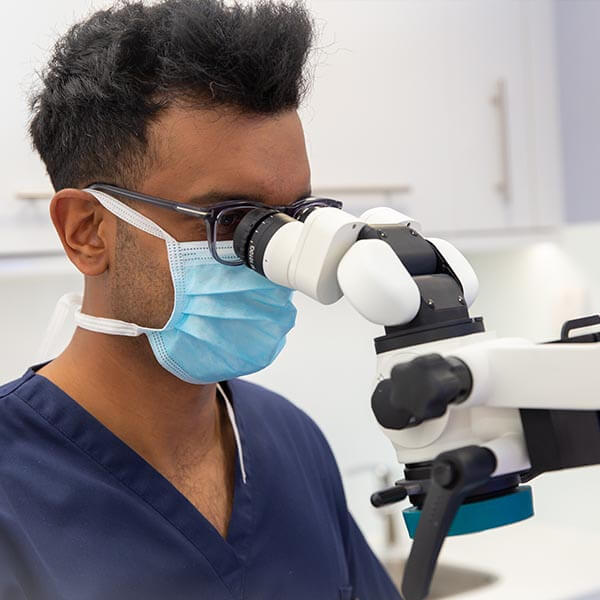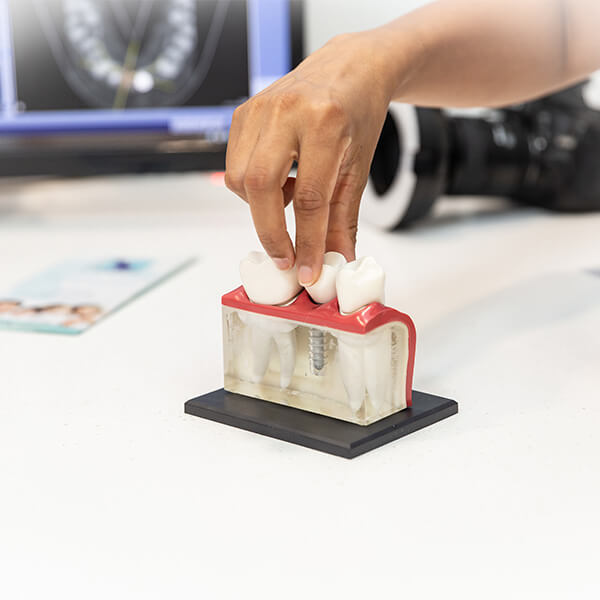Endodontics

Root Canal treatment prevents the need to extract infected teeth
The internal tissues of teeth can become infected through different causes, whether through decay or a deep filling. Once bacteria enters the tooth, the soft tissues (called the pulp) is vulnerable to infection. This can cause pain, sensitivity to temperature and, if not treated, the infection could spread to the gum. It’s best to remove the infected pulp to save the tooth and to prevent any further infection.

Dr Nirav Varsani
GDC No. 252460
SPECIAL INTEREST IN ROOT CANAL TREATMENT, BDS ( BARTS AND THE LONDON SCHOOL OF MEDICINE AND DENTISTRY), MFDS (ROYAL COLLEGE OF SURGEONS, ENGLAND)
Nirav is an experienced dentist with a special interest in Root Canal Treatment, focusing on saving teeth using the latest techniques.
He uses high magnification microscopes to improve accuracy and success rates in root canal procedures. Graduating from Barts and The London in 2014, he brings over a decade of clinical experience.
Since joining The Bush Dental Clinic in 2019, he has provided gentle, pain-free care in a relaxed setting. Nirav regularly attends postgraduate courses to stay updated and enhance his expertise in endodontics.
Why have a root canal?
Removing the internal tissues of the tooth leaves the hard, external structure intact. There’s no need to remove the tooth, which presents to need for more costly treatment down the line for replacing the missing tooth.
Root canal treatment also stops the infection in its tracks by taking out the bacteria and flushing the root canals through, making sure your mouth is infection free.
Endodontics has an unfair reputation for being painful. It simply isn’t the case. We always use local anaesthetic for root canal treatment and make sure you are always comfortable thorough your treatment. We can offer sedation for very nervous patients to help them relax.
What does root canal treatment involve?

Root canal treatments usually need more than one appointment. Between appointments, the tooth will be protected with a temporary restoration.
- An x-ray will be taken to check the root canals and see if there are any other signs of infection in the surrounding bone.
- A rubber sheet is placed around the tooth to keep it dry. The infected pulp is removed under a local anaesthetic (if necessary) and root canals are flushed with an anti-bacterial solution.
- The canals are shaped with tiny instruments and washed again to remove any debris.
- The freshly cleaned root canals are then filled with a rubber compound to seal the tooth and prevent bacteria from entering.
- The filled root canal is sealed with a permanent filling or may need a crown to help restore tooth shape and functionality.
Looking after your treated tooth
If looked after properly, with regular brushing and flossing, your root canal treated tooth should stay trouble-free and provide a long lasting repair. Even though the pulp has been removed, the tooth will stay intact because the canals have been sealed to prevent re-infection. Regular check-ups are also recommended so any problems can be detected early.













